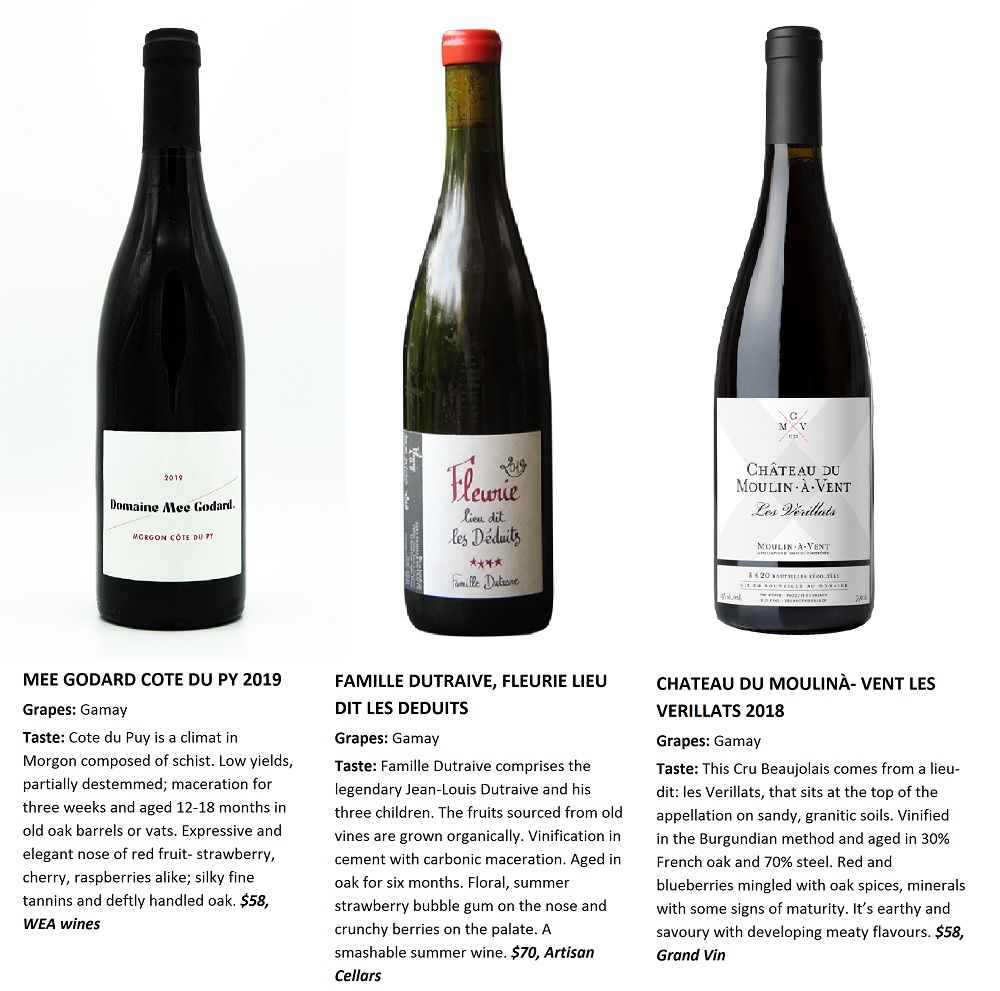With Burgundy and Rhone wine prices soaring, it’s time to revisit the allure of Beaujolais and its elevated crus.
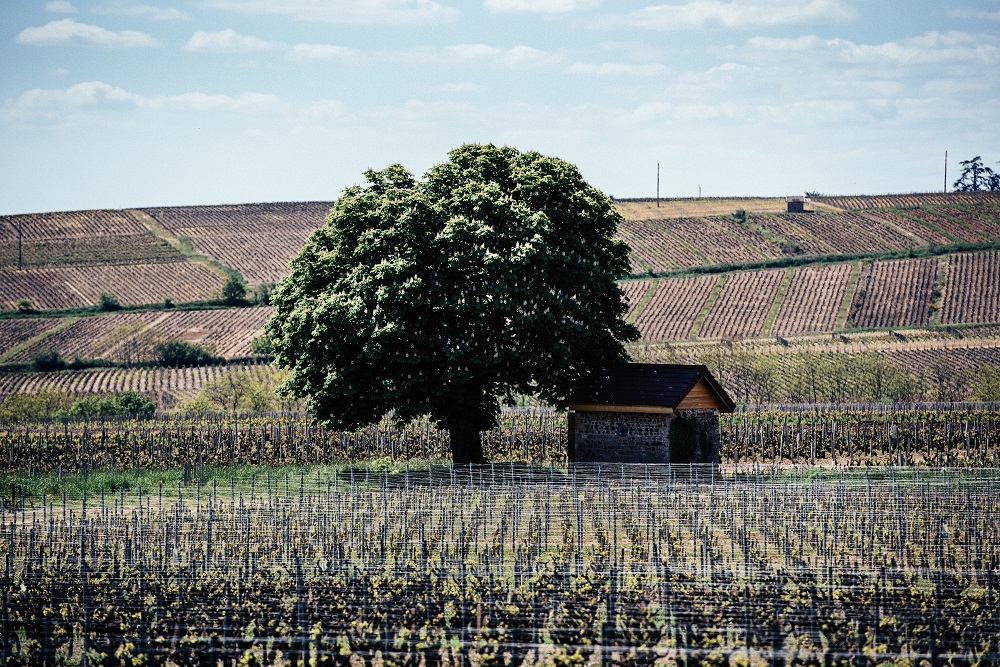
“Beaujolais has a complicated story despite its extraordinary terroir,” says Pascaline Lepeltier, the Laureate of Un des Meilleur Sommelier de France, and an advocate for the region. For the last decade, Beaujolais has been going through a renaissance. It is an evolving process of winemakers shedding the image of the candy-tinged Beaujolais Nouveau; rescuing Gamay from its reputation as the poor cousin of Pinot Noir; and redefining the oft forgotten region with terroir-driven wines.
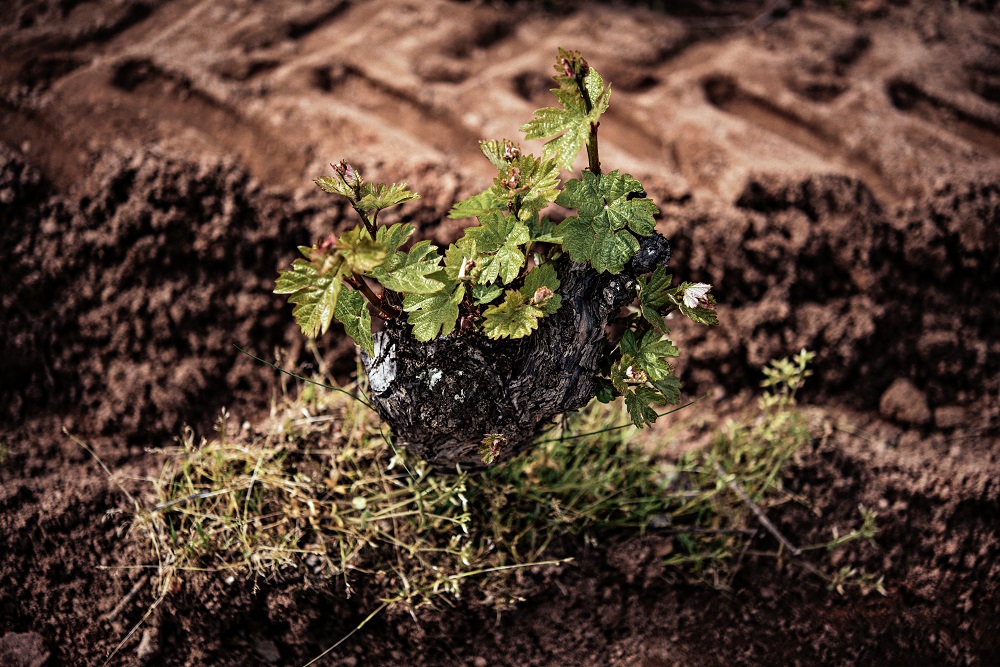
A PIONEERING NATURAL WINE REGION
Much of Beaujolais’ revival is credited to the celebrated Gang of Four – Marcel Lapierre, Jean Foillard, Jean-Paul Thévenet, and Guy Breton – who turned to natural winemaking methods in the 1980s. Lapierre was inspired by the work of Jules Chauvet, widely considered the father of natural winemaking, and went on spread the gospel to his peers.
Their work, Lepeltier says, was instrumental in opening new markets (especially in natural wine), reaching edgy restaurants, and inspiring a new generation of winemakers. “New blood, next generation in historical estates, and outsiders are all part of this evolution,” she says.
Leading winemakers in the region follow the same principles – no chemicals in the vineyard or cellar, late harvest, slow fermentation, selection of optimal grapes and minimal intervention. While not all are making “natural” wines, Stéphanie Rigourd, sommelier and partner at The Vintage Club Singapore and a natural wine commentator says, “They produce wine giving a true expression of the terroir, wines made in the vineyards and not in the cellar. And they started this new trend for natural wines well before it was a trend.”
KNOW YOUR BEAUJOLAIS
Beaujolais sits sandwiched between the regions of Burgundy and Rhone. Compared to its illustrious neighbours in the north of Burgundy, Beaujolais AOC is relatively simple to comprehend.
About 98 percent of the wine produced comes from one red grape, Gamay; the rest, Chardonnay. Gamay once grew in Burgundy but was unceremoniously ousted in 1395 by Philip II the Bold, Duke of Burgundy, who considered it inferior to Pinot Noir. It was serendipity that Gamay found a home in Beaujolais, rich in granite and schist – two soils in which the grape naturally flourishes.
The 10 elevated cru appellations, each with their own personality, sit in the north while the south is home to easydrinking wines and the infamous Beaujolais Nouveau, once the only celebrated export of the region.
The wines can be produced with carbonic maceration – a winemaking technique adept at preserving fruity esters and softer tannins – or with the Burgundian method, widely practiced by the crus. Gamay complies with both and produces a spectrum of styles: the ageable, structured expressions of Saint-Amour and Moulin-à- Vent; the soft fruity expression of Brouilly and Régnié; the floral expression of Fleurie; and the juicy, quaffable thirst slakers of Beaujolais village. To highlight their terroir, many producers label their wines under the cru name, eschewing a mention of Beaujolais altogether.
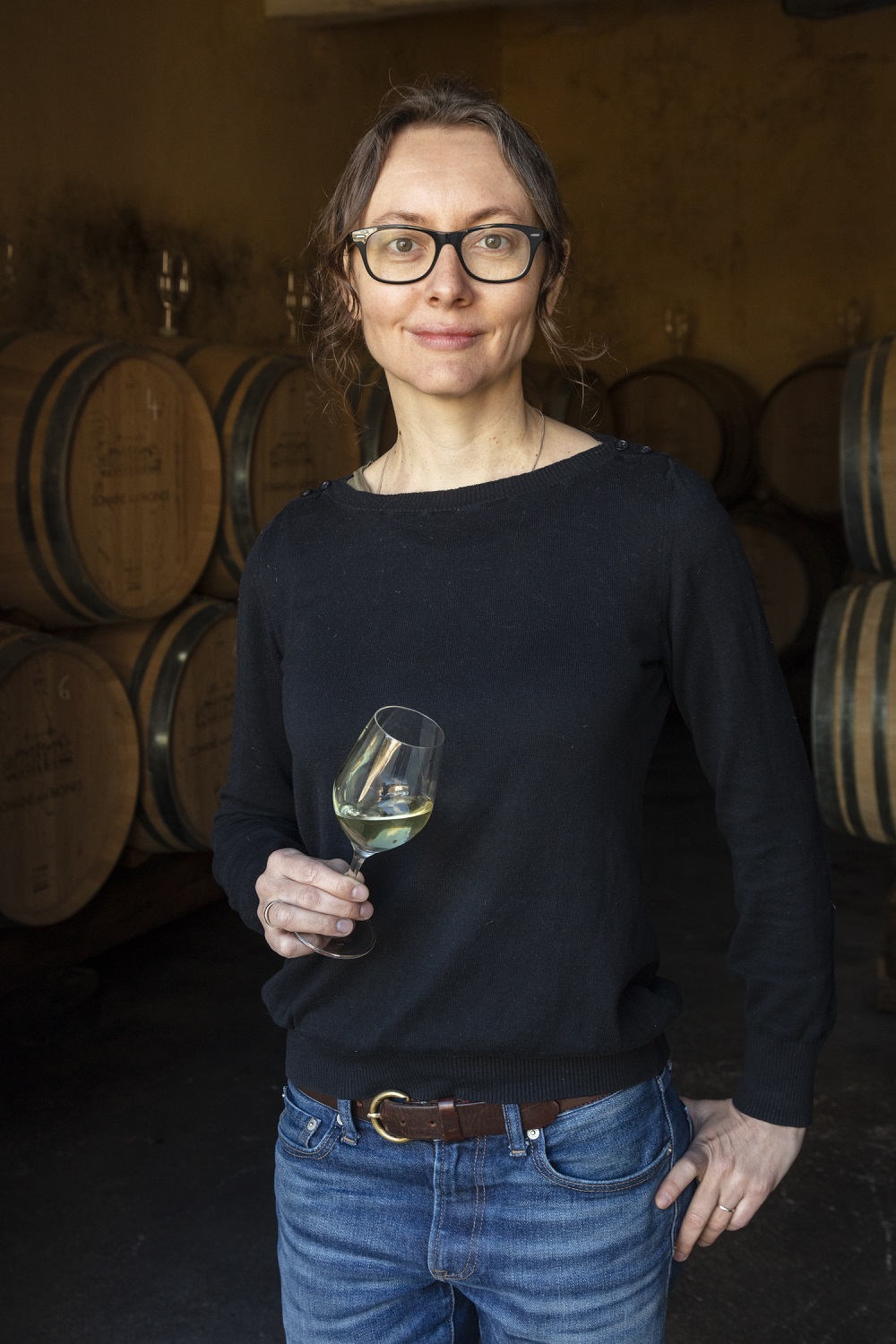
Lepeltier says the industry body, Interpro Beaujolais, has invested extensively in terroir analysis. Of late, climats and lieuxdits, or plots, are being shown on the labels to highlight the sourcing of the grapes. Additionally, she says, “More and more of the great producers are multiplying bottlings to show the terroir variations.” For example, producers write Morgon Côte du Py instead of simply Morgon. “This is the sign of things moving forward.”
MORGON, A LEGEND IN THE MAKING
Morgon has been described by Lepeltier as “the beating heart of postmodern Beaujolais.” The wines possess the same ageability as Moulin-à-Vent, if not the same power.
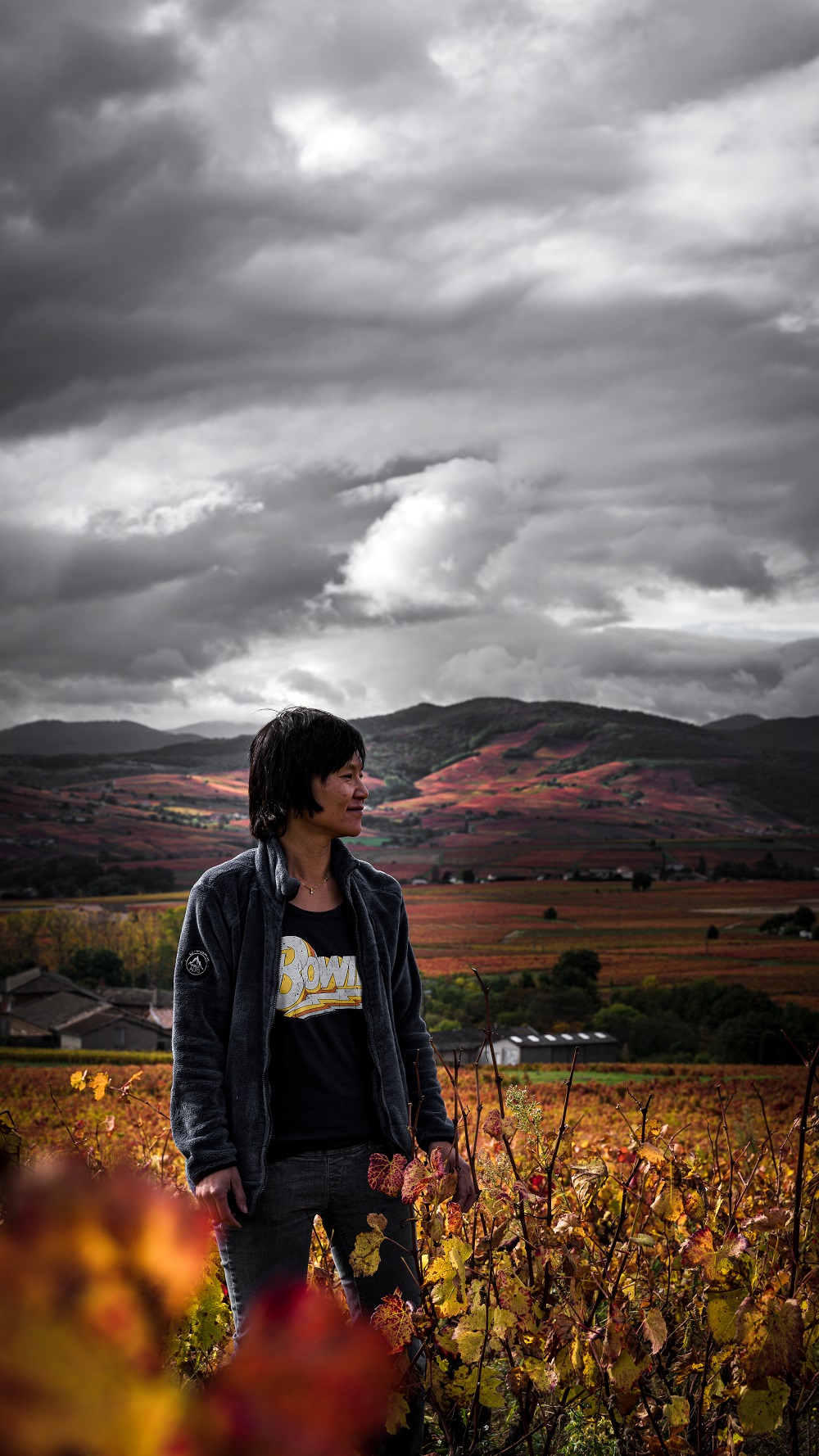
One of Morgon’s rising stars is Mee Godard, who runs a 7.8-hectare eponymous domaine. Educated in Oregon and Montpellier with vintage experience garnered in Champagne and Burgundy, Godard had no connections to Beaujolais until 2013, when she bought five hectares off a retiring winemaker.
“I created the estate in Beaujolais because I was convinced about the quality wine we could make here,” says Godard, adding that she was also attracted to the “conviviality” of the people.
She had previously sampled Beaujolais on a tasting trip with some friends and the wines were a revelation. “A lot of people have the image of Beaujolais Nouveau, which is the contrary of the capabilities of Gamay,” she says. While Nouveau is all about immediacy – quick ferment, candy and banana flavours, and short shelf life – Godard’s distinctive style of making vins de garde (wines that keep and age) is diametrically different. Gamay, with age, expresses aromas of saucisson, forest floor and mushrooms, and smoke, bearing similarities to Pinot Noir.
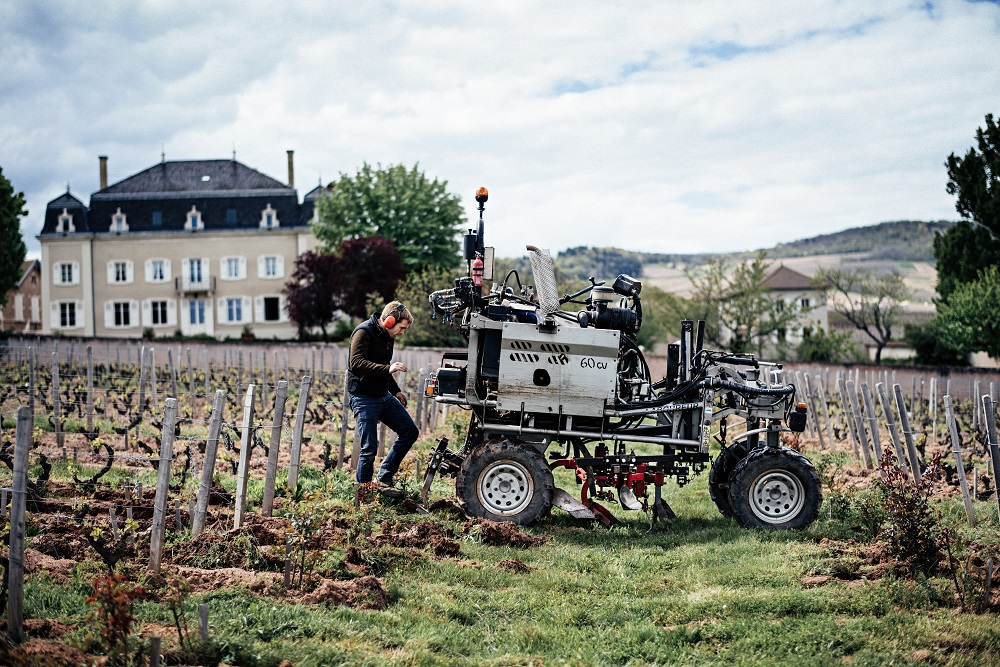
Her boutique parcels of land are spread across the choicest of climats with a potpourri of soils, not just the granite for which Morgon is known. Les Corcolletes comprises degraded pink granite soils; Grand Cras, clay-rich alluvial soils; and in the renowned Côte du Py you will find the treasured roche pourrie, or rotted rock – a decomposed schist. Godard vinifies and bottles each climat separately. “We adapt our work to each plot,” she says.
Domaine Mee Godard’s winemaking process is Burgundian – destemmed grapes and whole bunches are macerated for two to three weeks and aged for 10 to 13 months in barrels and foudres (large wooden vats) of varying sizes. While Godard is conscientiously organic, the next step for her is biodynamic. “This is one goal I would like to reach in the next couple of years,” she says.
THE STRUCTURAL WINES OF MOULIN-À-VENT
In contrast to Godard, the relative newcomer, Edouard Parinet belongs to the second generation of the historic Château Moulin-à- Vent. The most renowned of the ten crus, Moulin-à-Vent also bears the most similarity to Burgundy. Records from the early 19th century show the wines were listed at the same price as those of Pommard.
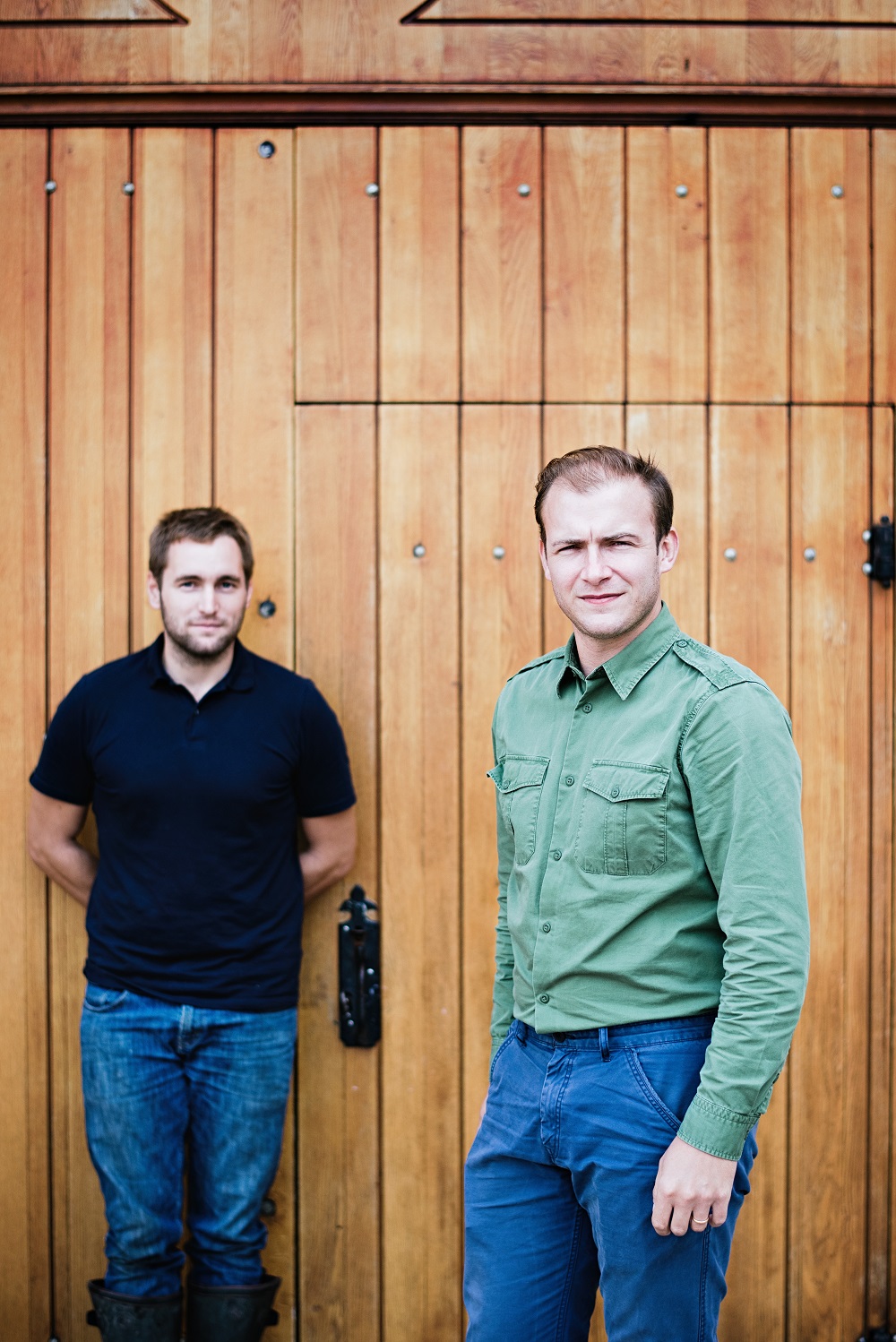
The Parinet family took over the chateau in 2009 and transformed the estate, investing in winemaking facilities, Burgundy-style winemaking, and climats-specific styles.
“Moulin-à-Vent wines can please very different palates,” Parinet says over Zoom. “The structure of our wines varies from one vintage to another. For instance, 2017 will mostly please those who prefer a light, evanescent, elegant style of wine, while 2015 vintage will please more amateurs looking for structured, round and deep wines.”
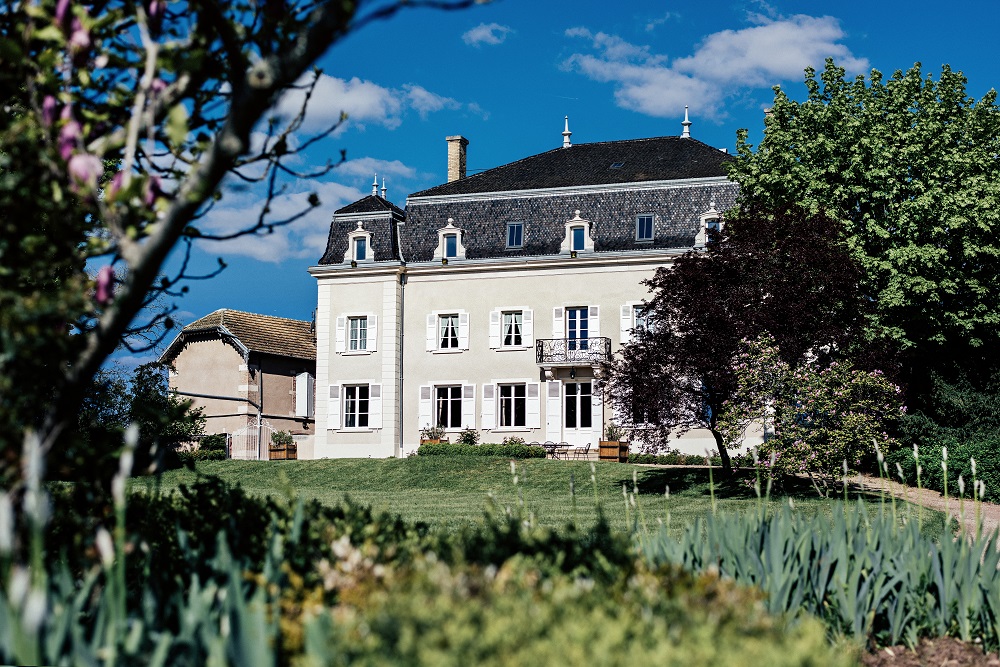
The structure and ageability are partially credited to its soils, rich in manganese and iron, and the powerful winds that dry the vines. “The winds, iron oxides, silica and sands create a stressing environment for the Gamay vines, leading to smaller, more concentrated berries,” Parinet explains. “Thanks to that, the juice has more concentration, and the wine can then age better.”
The chateau turned fully organic this year and aims to be certified organic by 2024. “We are working the soils all the time,” Parinet adds, explaining that they move the earth continuously to make it breathe.
THE VINTAGE VARIABLES
Parinet says that one in two vintages in Beaujolais is a hot vintage – but also, that hot vintages are the best vintages. The region also suffers from frost as well as hail, which decimated the 2016 and 2017 vintage. 2018 is celebrated as one of the best recent vintages. This year, frost struck again in early April and reduced the crop by 30 percent.
“From the beginning, we knew 2021 would be a complicated vintage,” Parinet says. Their yield fell to a paltry 19 hectolitres per hectare, 35 percent below their average. As for the quality, he remains buoyant: “We have a small vintage, but we are very happy with the quality of the fruit.” In Morgon, Godard’s experiences mirror Parinet’s. She believes this vintage will be more delicate and accessible, even if there isn’t enough of it.
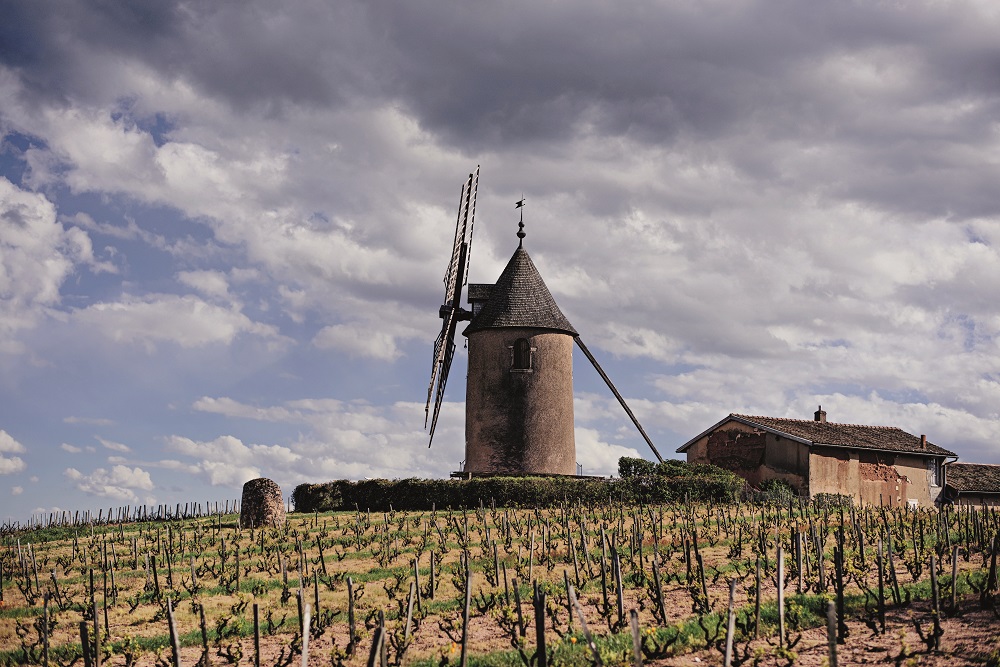
“Beaujolais’s reputation has changed a lot in the last ten years,” Parinet reaffirms. He believes it is because of the increased interest in delicate red wines, as well as the soaring, if not unaffordable prices of Burgundy and Rhone. At the same time, the cru-level wines have earned the sommelier community’s seal of approval, with Gamay becoming a mainstay of the light-red category. “Beaujolais appeals to the sommeliers because of its fruit profile, freshness and excellent value for money prices. Besides, it works well in Singapore’s hot weather,” Rigourd says. As a bonus, cru wines can age well.
In his 1988 book Adventures on the Wine Route, the renowned wine buyer Kermit Lynch described Beaujolais as, “a light, grapy, fizzy, tart, quaffable red wine.” The Beaujolais of today is far from disposable. The new generation of winemakers and elevated quality of the ten crus have helped the wines evolve far beyond this light, tarty assessment of the past.
